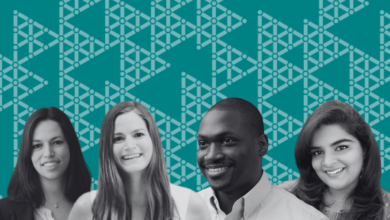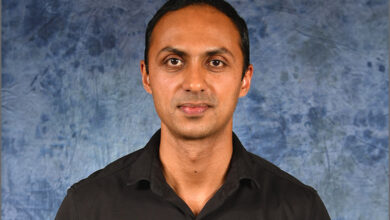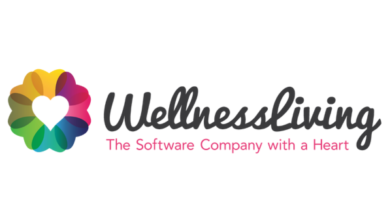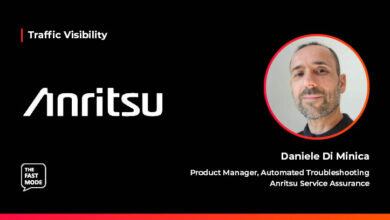How Much a Google Associate Product Manager Makes
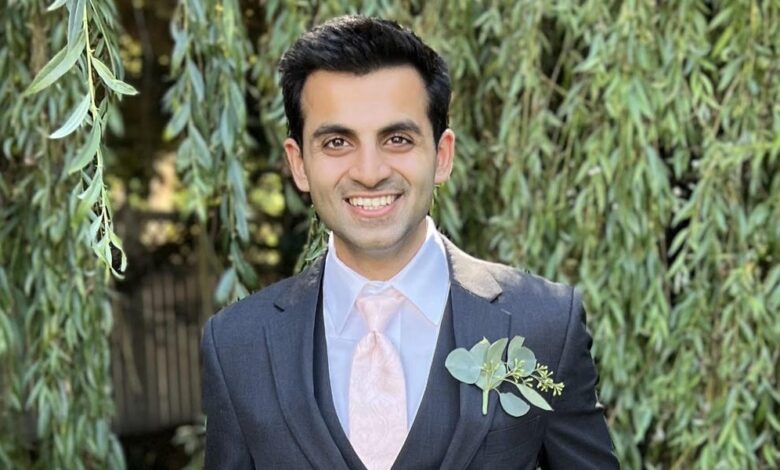
- Arjun Lalwani is a former associate product manager at Google.
- He said the APM program is so competitive that landing an interview is like hitting a gold mine.
- Arjun said that he took big risks in his interviews to make himself stand out.
This as-told-to essay is based on a conversation with Arjun Lalwani, a 26-year-old product manager at YouTube. Insider has verified his income with documentation. The following has been edited for length and clarity.
I was a software engineer intern at Microsoft during college. While I was building a product, I got curious about the “why” behind it. So I talked with my product manager who walked me through the whole road map and explained why we were doing something and how this would all lead to the big picture.
That is how I got into product management. What fascinated me was that there are business, marketing, and design thinking skills that go into it, which is a lot more creative than coding.
After graduating, I chose Google over other companies because it offered a lot more support and resources: The Google APM program was proposed by former Google executive Marissa Mayer who started the program in 2002 to recruit fresh talents. It takes new and recent grads across the US and teaches them to be better product managers — the program throws you onto a team and treats you like a full-time product manager.
As an associate product manager in the program, I had a tight-knit community of roughly 45 people, and I got coaching every other week from a management coach. I also had a dedicated alumni advisor to help me with any issues or questions.
Getting into the program is hard — it is estimated that 8,000 people apply to the APM program each year, and only 40-45 get accepted. Landing an interview is like hitting a gold mine.
The APM interview process took around three months
After a phone interview with a product manager, I was told to write a spec, short for “specification” — a detailed document or description that outlines the requirements, features, functionality, and design of a product. After that, I went on-site for about five interviews. Then, I had one more interview with an executive. It was a lengthy three-month interview process.
The interview questions were general product design questions — nothing was unexpected. I never felt like, “Oh my god, that’s really hard.” The questions tested how I think holistically about a problem, my ability to work with other stakeholders in the company, and also my analytical skills, and my technical skills.
I took a lot of risks in the interviews
I think the biggest factor that differentiated me from other candidates was that I was willing to take a lot of risks in my interviews. While I was interviewing at Google, I already had a Microsoft PM offer, and I was at ease because I had a Plan B.
For example, I challenged whether the problem the interviewer asked me to solve was actually the right one to be thinking about. If the question centered around improving the user experience for a particular customer pain point, I stepped back and asked whether this was actually the right pain point to solve.
It often led to an interesting conversation about our different perspectives, which led to a more productive dialog on the underlying assumptions.
Another way I did this was by proactively bringing up why my proposed solution wouldn’t work. Even though I picked a solution to the problem, I also listed a couple of key challenges on why it would fail and offered ways to mitigate it. My interviewers appreciated the foresight and tended to ask a few follow-up questions.
I also had a lot of experience with mock interviews, so I knew how other candidates might answer these questions. To stand out, I gave out-of-the-box answers. In most cases, the interviewers said, “That’s interesting. I’ve never heard that angle before. Tell me more.”
Here is how much I made as an APM at Google and the projects I did
Google APM I
- Base: $120,000
- Equity grant: $100,000 (over 4 years)
- Relocation bonus: $10,500
- Signing bonus: $10,000
- Annual bonus: 15% of base salary ($18,000)
- Total Compensation: $258,000
I officially started in the program in July 2020. I got the opportunity to go on international trips and visit Google offices across the globe. I went to Paris, Singapore, Madrid, and Lisbon to learn about how products are built for different audiences.
My first big project was called “Eco-Friendly Hotels.” We helped users find eco-friendly hotels to stay in. When you Google search a hotel, you’ll now see a badge that says it’s certified as sustainable. You can find out if the hotel saves energy, recycles linens, and more.
I remember Google’s then VP of travel products talking about this project at a global conference — it was unbelievable to me that one year into this job, my project could have this much impact.
After I completed my first year in the program, I was handed a Google sheet with over 100 roles to pick from 100 teams hiring internally. This is the best part about the APM program — the ability to switch teams. I could talk to these teams, interview them, and decide which one I wanted to work with. It was the only time in my career where I had hundreds of teams given to me on a plate, waiting for me to pick them.
I went to work in the office of the CEO, Sundar Pichai, and did product strategy-related work directly for him. I also ensured goal-setting across the company was streamlined. I became APM II and my base salary was bumped up to $125,000. I also received an additional $66,000 of equity refresh grant (over 4 years). A few months later, I was promoted to PM 1 and my base salary went up to $146,000.
When my APM program ended 11 months after I started working in Sundar Pichai’s office, I went to a new team at YouTube as a PM managing the shopping feature.
YouTube Product Manager
- Base: $160,000
- Equity refresh grant: $99,167 (over 4 years)
- Annual bonus: 20.1% of base salary ($28,680)
- Spot bonus: $10,000
- Total Compensation: $297,847
Our team was trying to get commerce going on YouTube, and as the product lead for the creator tooling, I led the launch of a new affiliate program. With this new feature, viewers can buy products through a creator’s channel, and creators will get rewarded with a commission for that sale.
During this time, I received a $10,000 spot bonus from my vice president. It’s a one-time bonus paid “on the spot” to thank me for the good work I was doing.
I found success by crushing the projects assigned to me
The best way to build trust with your team and grow your circle of influence is to crush the projects assigned to you.
For example, my team was initially given a year to figure out what it takes for a hotel to be sustainable and launch a feature to help consumers. Google had set a goal to help one billion people make more sustainable choices by 2022 and, along with other products, our team was tasked to help deliver on this goal.
Although I had multiple projects on my plate, I pushed forward with this one to accelerate the timeline. I read multiple research papers on sustainability, learned about the different eco-certifications in the market, and spoke to customers and hotel chains like Hilton and Marriott to understand the hospitality space.
Once I was more aware of the key players in this ecosystem and their incentives, I made product decisions to move faster and cut development time. The project launched within nine months, ahead of schedule, and with little-to-no hiccups during the launch journey. It received a lot of positive press, and my leadership team was impressed with how quickly I went from inception to launch.
I’m extremely happy as a product manager
Being a PM at Google is a dream job for me. I’ve done a few software engineering internships, and while I enjoyed being technical, I missed wearing different hats and working on a product end to end.
Product management has given me so much exposure to what it takes to launch successful products to market, something that I might not have gained as a software engineer.
If you would like to share your salary journey, email Aria Yang at ayang@businessinsider.com.
